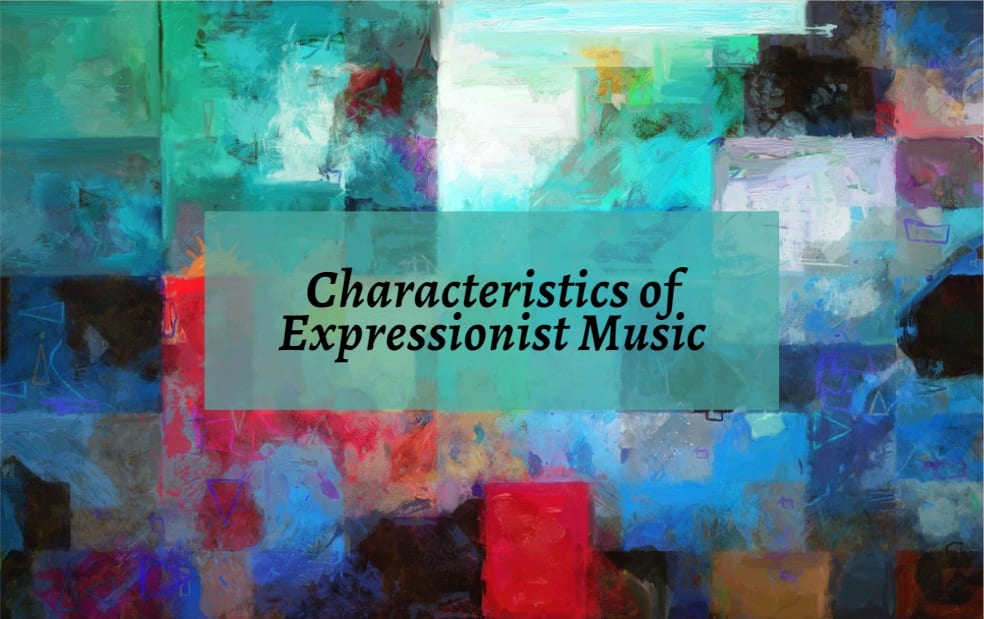
When discussing the Expressionist movement in music, one might ask: Who truly embodies the tumultuous spirit of this captivating style? As we delve into this question, it is imperative to explore the relationship between emotion and dissonance that defines Expressionism. The profound angst and psychological depth characteristic of this genre finds its most notable representation in the works of Arnold Schoenberg. Yet, this exploration is no mere academic exercise; it beckons us to consider challenging musical terrains. What does it mean for music to evoke visceral emotion while residing within a framework of dissonance? Can dissonance, often perceived as jarring, actually serve to articulate the complexities of human emotion? These inquiries guide us through the labyrinth of Expressionism, where Schoenberg stands as both a pioneer and a paragon.
The roots of Expressionist music can be traced back to the broader cultural movement that commenced in the early 20th century, primarily in Germany and Austria. This was a time of drastic change and upheaval, marked by a departure from Romanticism’s melodic beauty in favor of disjointed, jagged, and at times unsettling sounds. Emotion took center stage, becoming raw and unfiltered. In this milieu, Schoenberg emerged as a significant figure, whose innovative techniques and philosophical inquiries redefined the landscape of Western music.
Schoenberg’s foray into Expressionism manifests vividly in his early works, particularly in pieces such as “Verklärte Nacht” (Transfigured Night), composed in 1899. Here, the thematic material grapples with profound human emotions, illustrating the struggle between desire and despair with rich harmonic textures. Notably, Schoenberg employs chromaticism and dissonance, eschewing traditional tonal frameworks to explore the human psyche’s darker facets. This tension between the expected and the unexpected creates a sonic experience that resonates with listeners on an emotional level, inviting them to navigate the tumult of life’s contradictions.
As his career evolved, Schoenberg delved deeper into the avant-garde, culminating in his development of the twelve-tone technique. This revolutionary method, introduced in the 1920s, represented a radical shift in compositional practice, breaking free from the constraints of tonality that dominated Western music for centuries. A question arises: How does one communicate profound emotions without the anchor of tonal center? The answer lies in Schoenberg’s mastery of serialism. By organizing all twelve semitones of the chromatic scale into a predetermined series, he crafted a new harmonic language that echoed the emotional extremes inherent in the human condition.
In addition to Schoenberg, other composers significantly contributed to the Expressionist movement. Alban Berg and Anton Webern, both pupils of Schoenberg, furthered his stylistic innovations. Berg’s operatic work, “Wozzeck,” serves as a quintessential embodiment of Expressionism, depicting the struggles of the protagonist in a world fraught with social alienation and existential despair. The dissonances within the score amplify the tragic elements of the narrative, transporting the audience into a realm where emotional and musical realities converge.
Furthermore, Webern’s concise and poignant compositions mirror the brevity of human existence. His use of pointillism in “Five Pieces for Orchestra” encapsulates moments of intense emotion, conveyed through fleeting musical ideas that leave a lingering impact. Herein lies another quandary: Can brevity encapsulate the entirety of human emotion? Webern’s work suggests that sometimes less is indeed more, offering a profound meditation on the intricacies of existence.
Beyond their musical innovations, Schoenberg, Berg, and Webern collectively embody the spirit of Expressionism’s ideological tenets. They grappled with questions of identity, memory, and the psychological underpinnings of emotion. The existential dilemmas echoed throughout their compositions invite listeners to reflect on their own lives—provoking a dialogue between past and present, self and society. This is perhaps the quintessence of the Expressionist experience: a mirror reflecting the soul’s struggles, where sound becomes a medium of exploration.
Moreover, the impact of the Expressionist movement extends beyond the realm of classical music. It permeated literature, visual arts, and theater, influencing artists such as Egon Schiele and Franz Kafka. This interdisciplinary dialogue raises an intriguing challenge: How do diverse artistic expressions inform one another? The intersections between music, visual art, and literature create a multifaceted understanding of human emotion, illuminating the complexities embedded within the Expressionist ethos.
As we contemplate the question of which composer is most closely associated with the Expressionist movement, it is essential to recognize that while Schoenberg may occupy the vanguard position, the contributions of his contemporaries cannot be diminished. Each composer, through unique stylistic flourishes, has enriched the tapestry of Expressionism, reflecting the multifarious nature of human experience.
Ultimately, the essence of Expressionism resides in its ability to convey the ineffable nature of human emotions—where dissonance does not signify discord, but rather becomes a poignant vehicle of introspection. Through Schoenberg’s groundbreaking innovations and the salient contributions of his peers, the Expressionist movement invites us to engage with the swirling currents of emotion that define our existence. What is it that resonates with you in this exploration? Is it the tension within Schoenberg’s dissonant harmonies, or perhaps the poignant brevity of Webern’s compositions? Each listener’s journey through the complex landscape of Emotion Meets Dissonance holds the potential for profound personal revelation. Therefore, engage boldly in this musical odyssey, and uncover what Expressionism means to you.
